The Origin of Brahmi Script
Synopsis
The antiquity of writing in India can be traced back to the still undeciphered ideo-or pictograms on the seals and sealings of the Indus Civilization . Between this and the prolific rock and pillar engravings of Asoka in the Brahmi script there is a gaping hiatus of a millennium and more in the history of writing in India. What is the origin of this Brahmi script which Asoka utilized at its maximum for the propagation of the Dhamma? What are its antecedents, if any? Are the vexed problems defying solution? Here, two prominent scholars, a historian and an archaeologist, have put forth their views in two key-papers. To S.R. Goyal, the historian, Brahmi was invented in the first half of the third century B.C., to the exact during Asoka’s time, gaining support for this theory from Megasthanes’ observation that there was no writing in India in his times. Further, Brahmi does not show any regional variation and most of its forms appear to have been based on primary shapes representing some material objects. On the other hand, to the archaeologist, Soundara Rajan, there is a possibility that Brahmi passed through a stage of evolution from the Vedic-Brahmanical culture-stream flowering after the Vedic Culture had imbibed maritime script-impulses. He is of the opinion that in the pre-Mauryan period, between Panini and the Buddha, Brahmi should have attained a standardized shape as borne out by its structure which is inspired by the Paninian grammar. To him, Brahmi is not an “instant miracle†but was dormant “ for what of actual written contexts of documentationâ€. On these two views, some eminent epigraphists, historians and archaeologists have offered their comments, which this book is presenting to the world of Indologists and historians.
Read more
14.40
12.96
$
16.00 $
Free delivery Wolrdwidе in 10-18 days
Ships in 1-2 days from New Delhi
Membership for 1 Year $35.00
Get it now and save 10%
Get it now and save 10%
BECOME A MEMBER
Books by the same authors
-
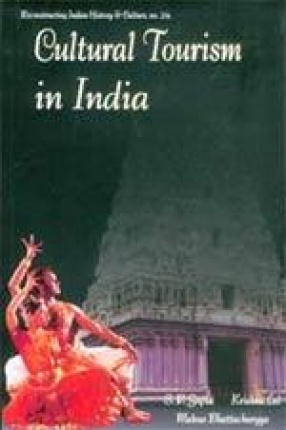
Cultural Tourism in India: Museums, Monuments & Arts (Theory and Practice)
-
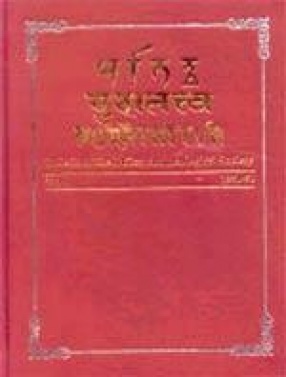
Puratattva: Bulletin of the Indian Archaeological Society (Volume 4)
-
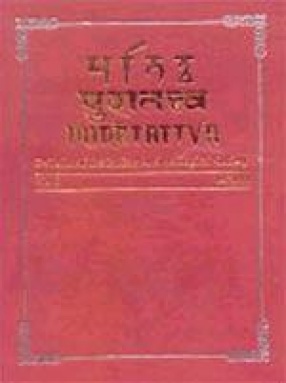
Puratattva: Bulletin of the Indian Archaeological Society (Volume 5)
-
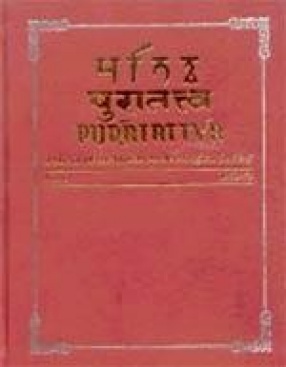
Puratattva: Bulletin of the Indian Archaeological Society (Volume 6)
-
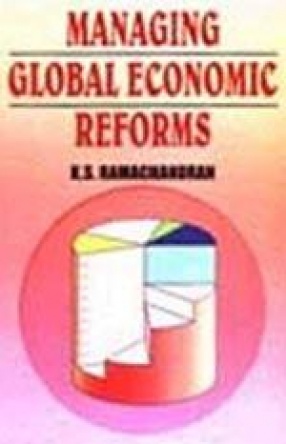
Managing Global Economic Reforems
-
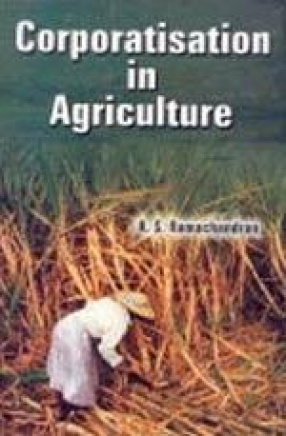
Corporatisation in Agriculture
-
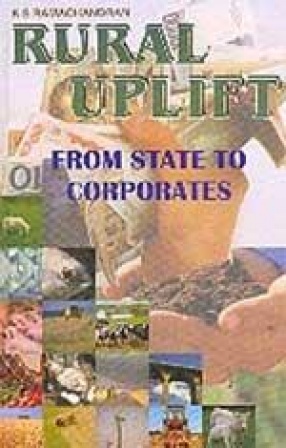
Rural Uplift: From State to Corporates
-
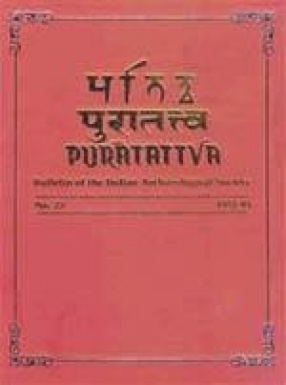
Puratattva: Bulletin of the Indian Archaeological Society (Volume 23)


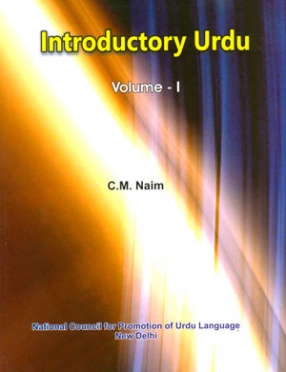
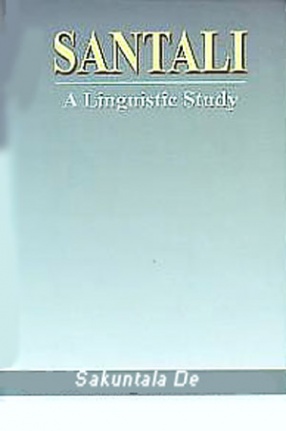
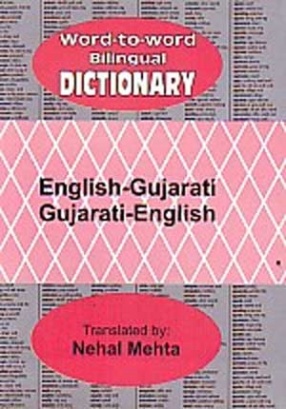
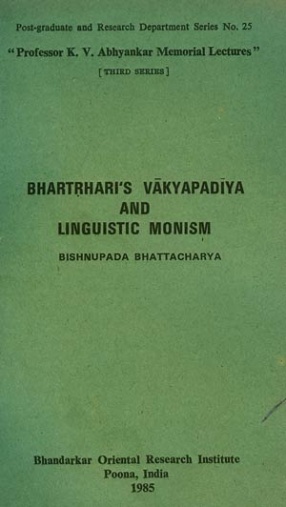

Bibliographic information
K.S. Ramachandran